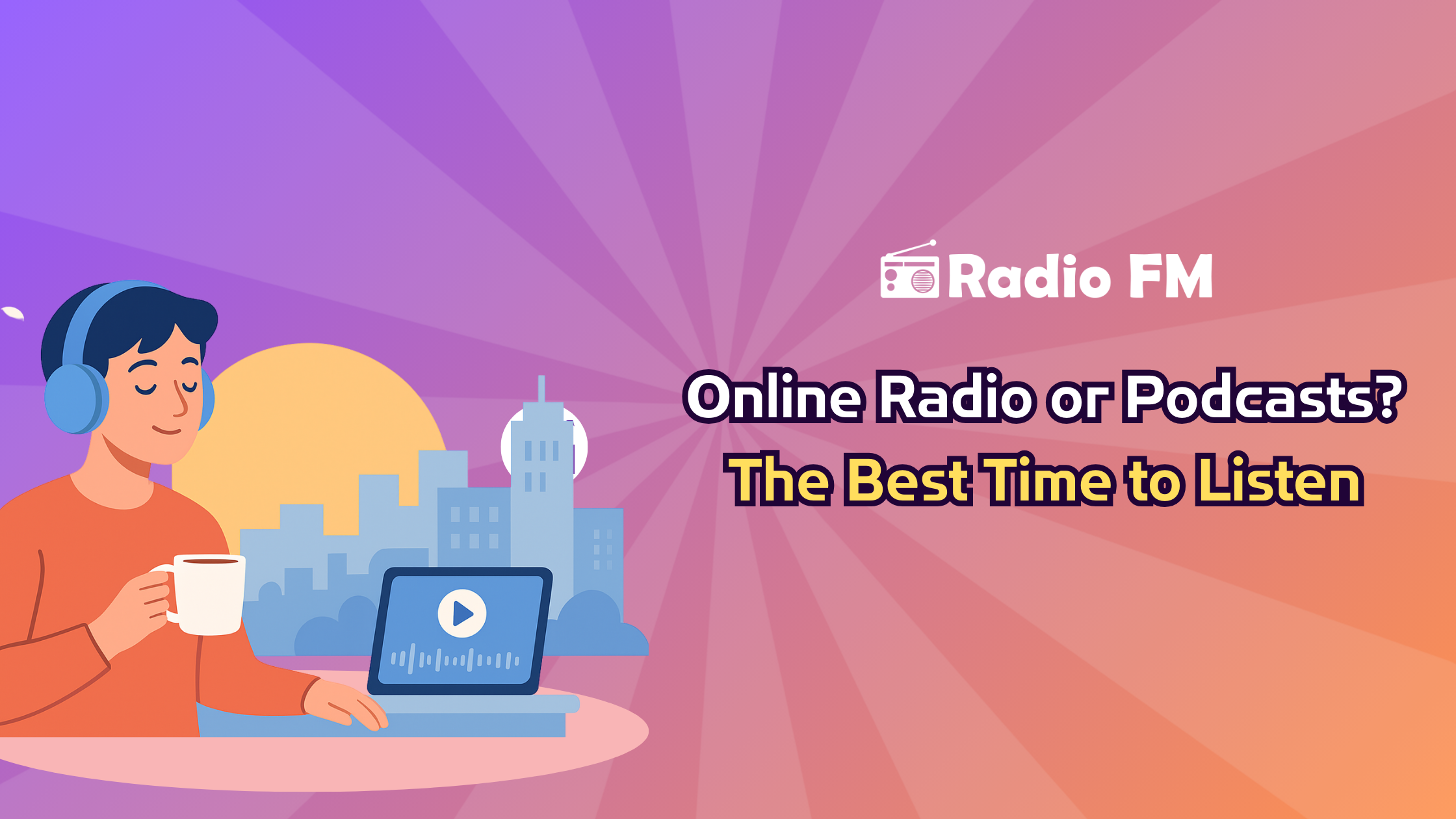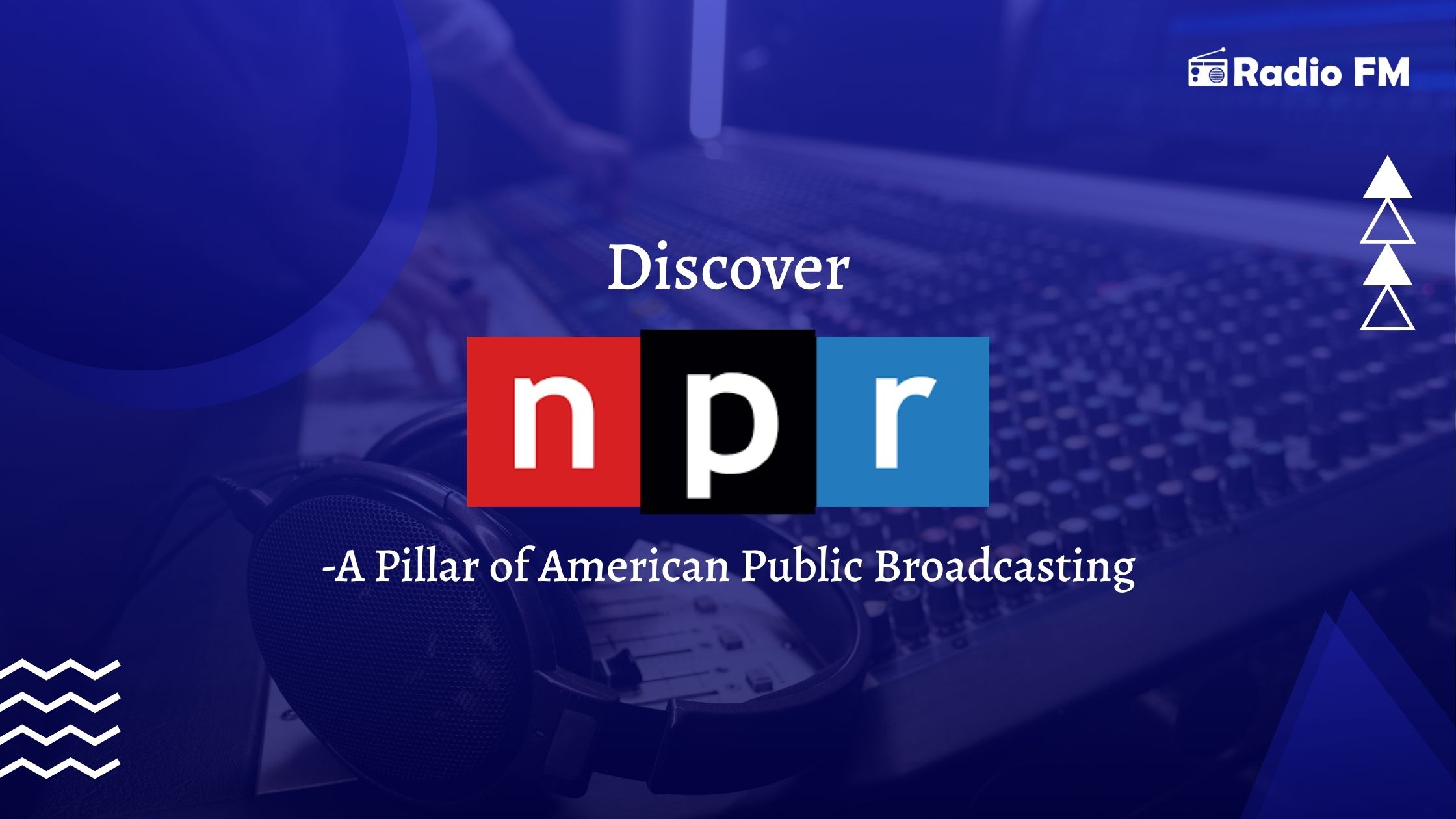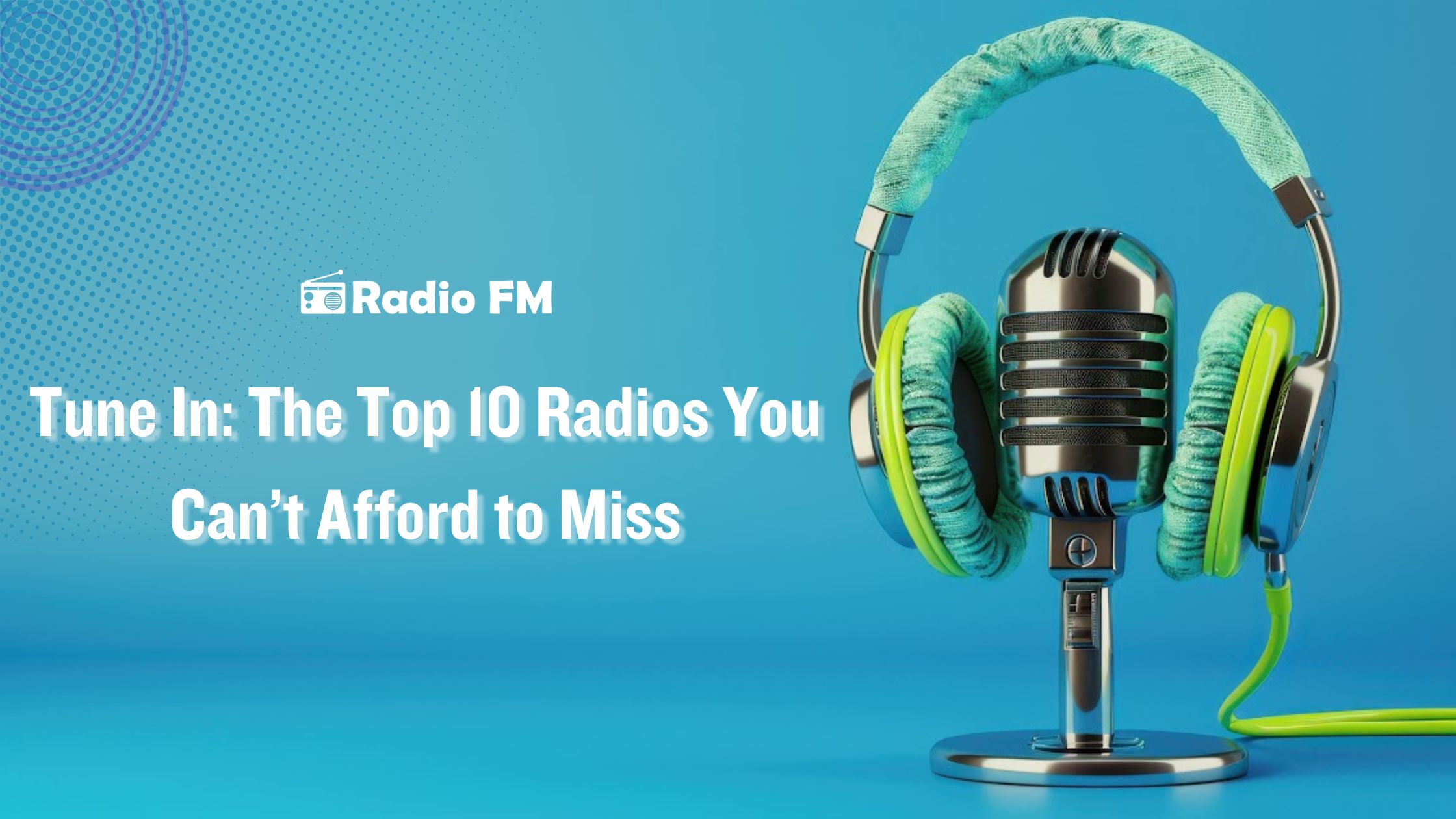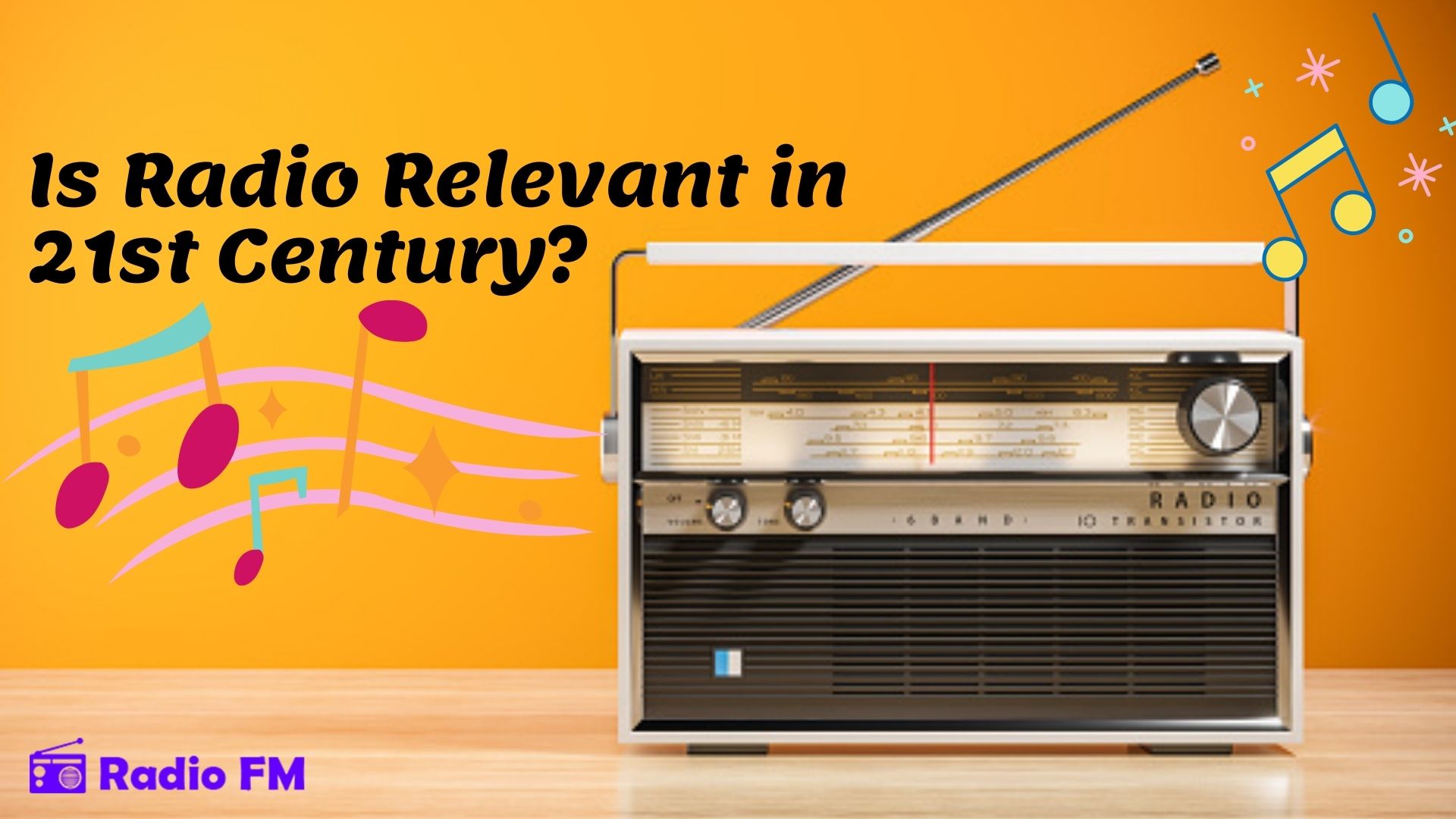
Is Radio Relevant in 21st Century?
The struggle of tuning into your favorite channel is something that the millennials can’t relate to. But for the people who have been in that position can relate to the skirmish act. So, without separating the millennials from other age groups, let’s see how the progress radio has made over time.
We will also dive a little deeper and discuss how the radio was evolved, what circumstances came into play, how the listeners changed over time, and many other things. So, without further ado, let’s dive right in.
Evolution of radio
The first-ever radio was made more than a century ago. In 1894, Marconi used radios to save hundreds and thousands of lives with ships at sea. Seven years later, in 1901, Marconi became the first person to have sent a message across the Atlantic Ocean.
Later on, many refinements were brought into play, and the transmission got better until a golden age of radio arrived.
The golden age
A major breakthrough occurred between 1930 and 1950 for what was known to be a ‘golden age for radio. Radio became a source of entertainment for people, and it replaced many expensive sources, such as movies, which were costly at that time. Another reason it is called the golden age, because most people relate the decade of the 1930s to be the decade of the great depression and struggle. The radio helped people in that time, hence declaring itself the golden age invention.
A source of instant news
Radios peaked when it started broadcasting news. By the end of 1930, radios had become a better source of news broadcasts than newspapers. It also saw a massive rise during World War II.
So, in all fairness, radio provided its fair share of merits over time. Besides becoming a source of news and entertainment, radio also volunteered itself in the learning phase until FM was introduced in the late 1970s.
Changes in listenership
From people relying on radio for news in old times, it became a form of communication. It started to have a massive impact on literacy, culture, and education. Regardless of their race, religion, and class, people could enjoy listening to the news, sports broadcasts, dramas, music, political addresses, and dramas.
As time progressed, the radio started connecting people. The world started to look much smaller after the advent of radio. From what started as a tool to be helpful for people at sea, the radio became one of the most influential inventions of all time. According to Statista (as of 2018), 86% of the people worldwide still listen to the radio for music and news.
Moving towards a digital era
Most of the radio stations steered towards a digital era in the 1990s. It has been more than 60 years since BBC launched its first FM service. Alternatively, it has been more than two decades since they translated it to a digital medium.
The growth of digital radio has completely changed the way people act and how they access different services. Just with a simple tap, users can have access to thousands of radio stations worldwide. It includes sports programs, music, dramas, morning shows, news, political situations, commentary, podcasts, and many other things.
How are internet radios better than conventional radios?
One of the significant differences between internet radios and conventional radios is the price gap. How, you may ask?
Well, to set up a conventional radio, you need tons of investment. You need an antenna, a digital tuner, and an AM/FM transmitter. You would think that the expenses stop there, but they do not. In addition to the prior requirements, you need microphones, a studio, a soundboard, and documents required by the law.
On the other hand, all you need to set up an online radio is a computer and an internet connection. Now, let’s see what the online users have in store for themselves:
- Easy access
- Ability to listen from anywhere
- Little data consumption
- Immaculate sound quality
Final words
In the early days, education began as silent films in museums. Later on, radio helped in the transition from quiet learning to learning from audiovisual materials. With time, radio’s ability to deliver information became more robust than ever.
It put a dynamic shift in motion, and people saw great potential in its future. It birthed the existence of many media platforms, and hence, the growth saw great benefits.
People pointed out flaws and hindered expectations, but the pros outweighed the cons. Eventually, technology prevailed, and people adapted to new ways of learning. Even today, in the 21st century, radio remains one of the most potent means of audiovisual communication across the world. We don’t believe it’s going to stop anytime soon.
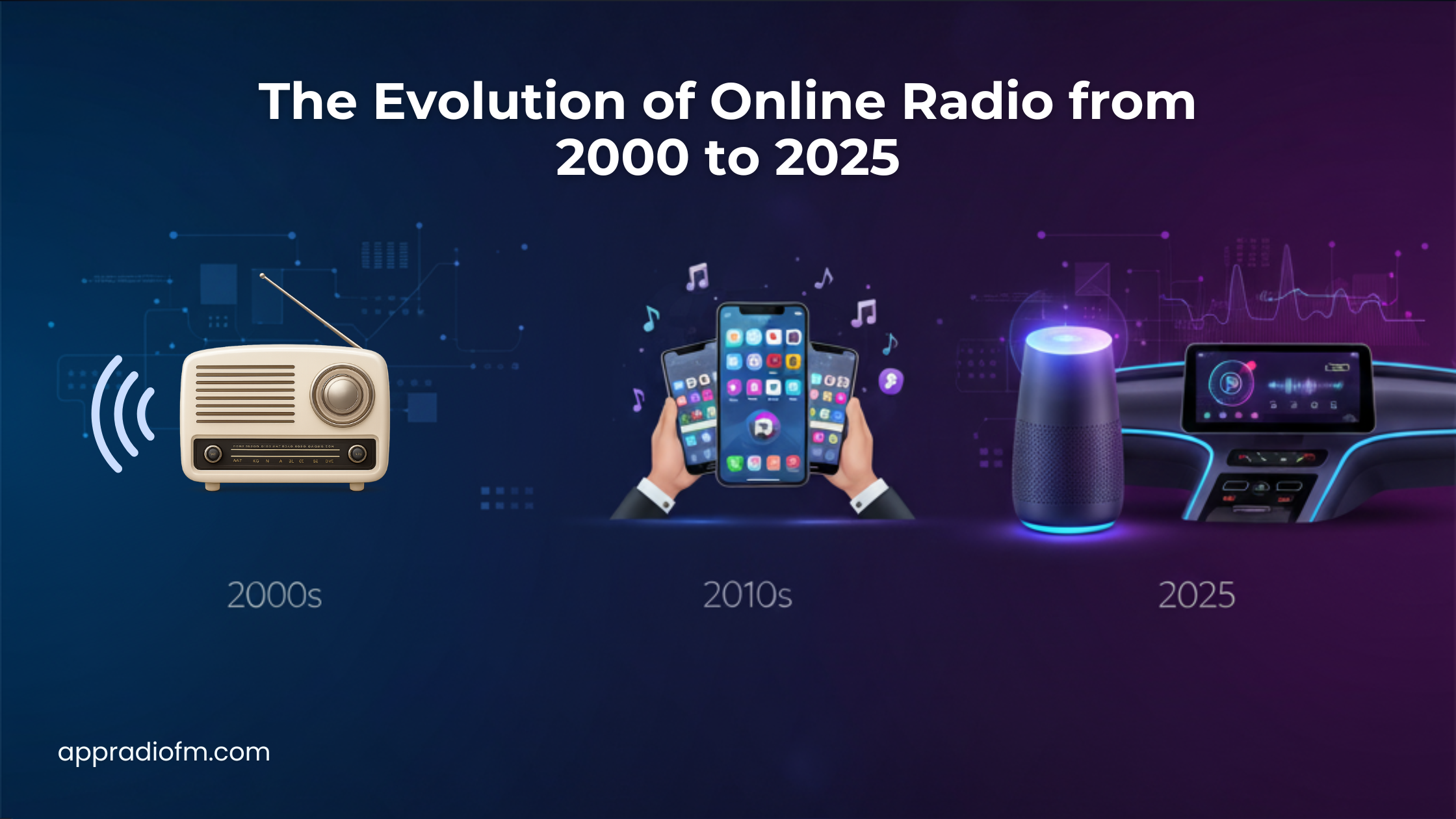
.png)
